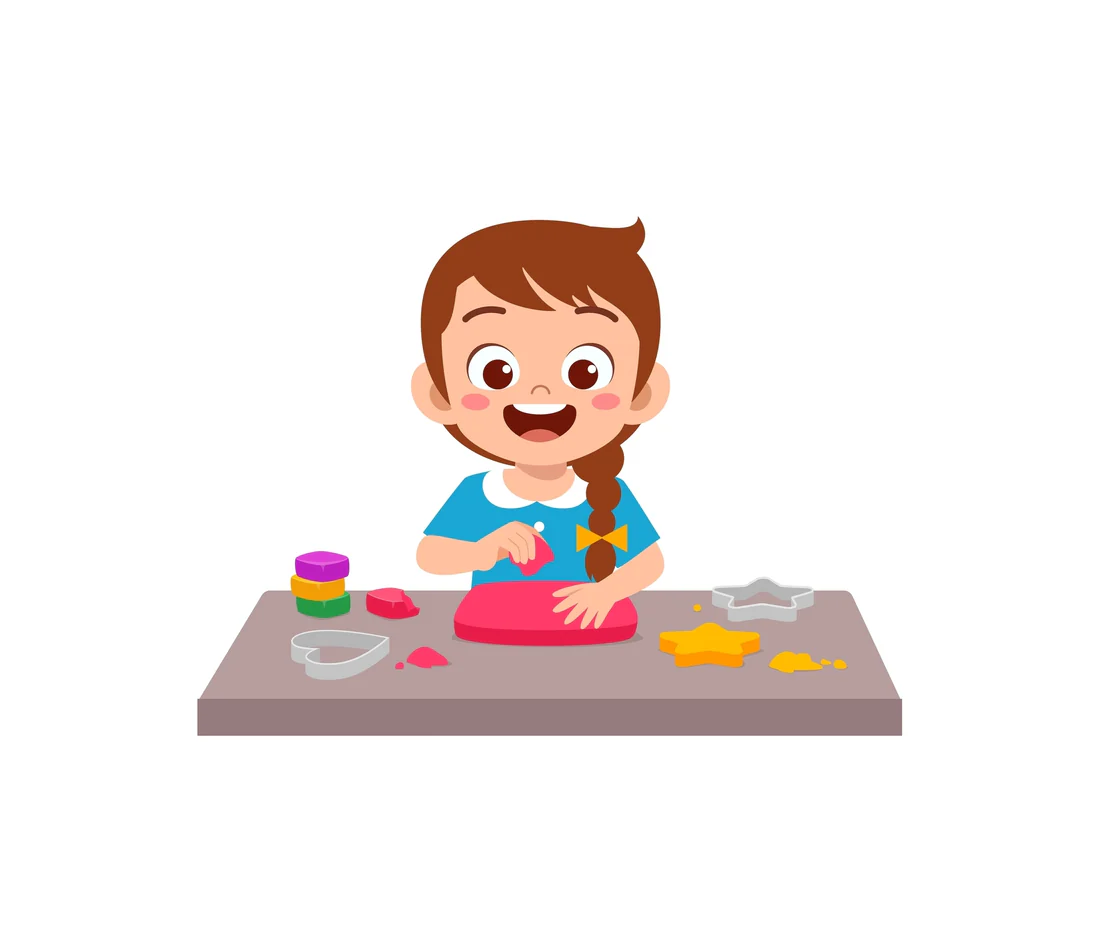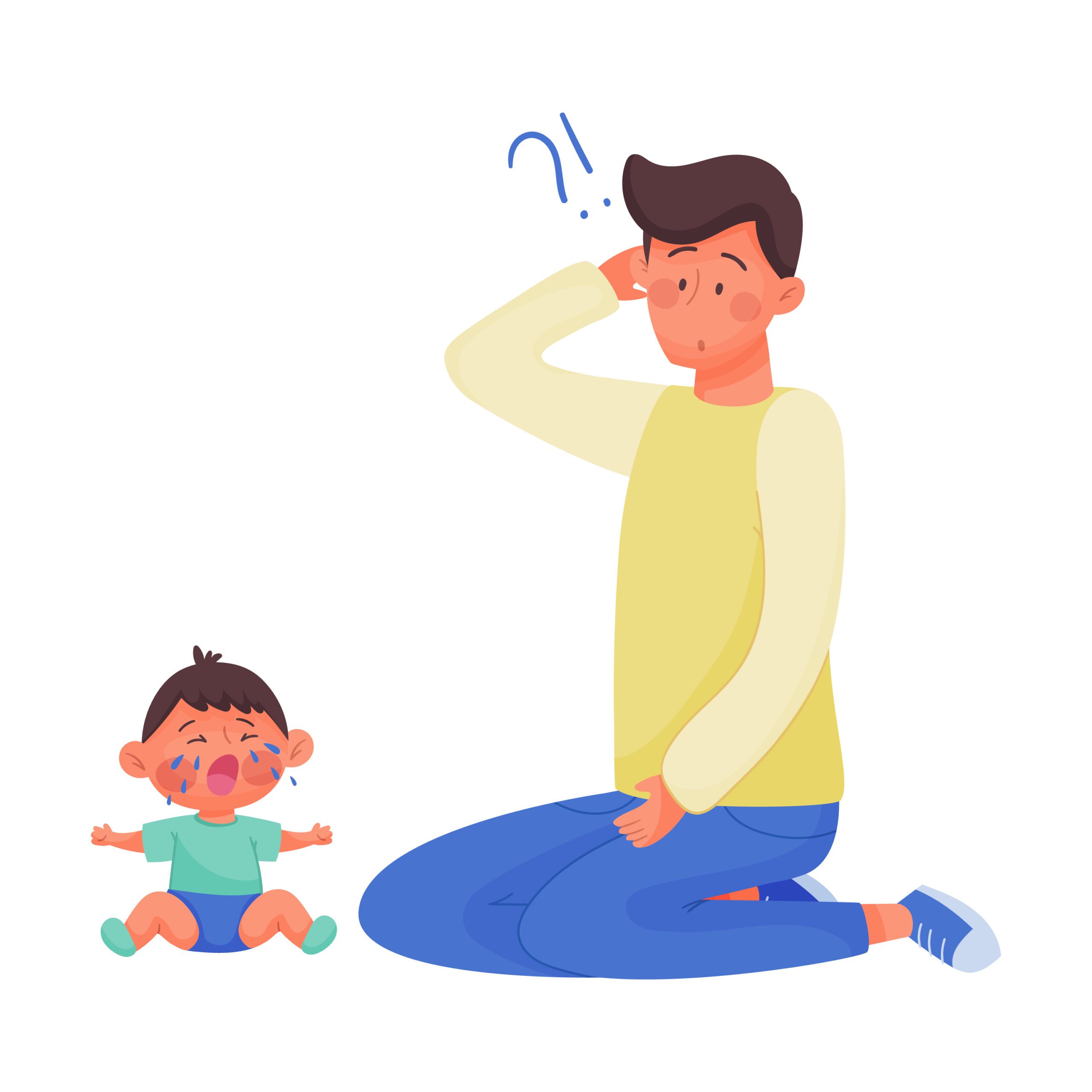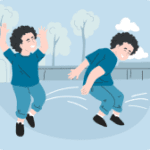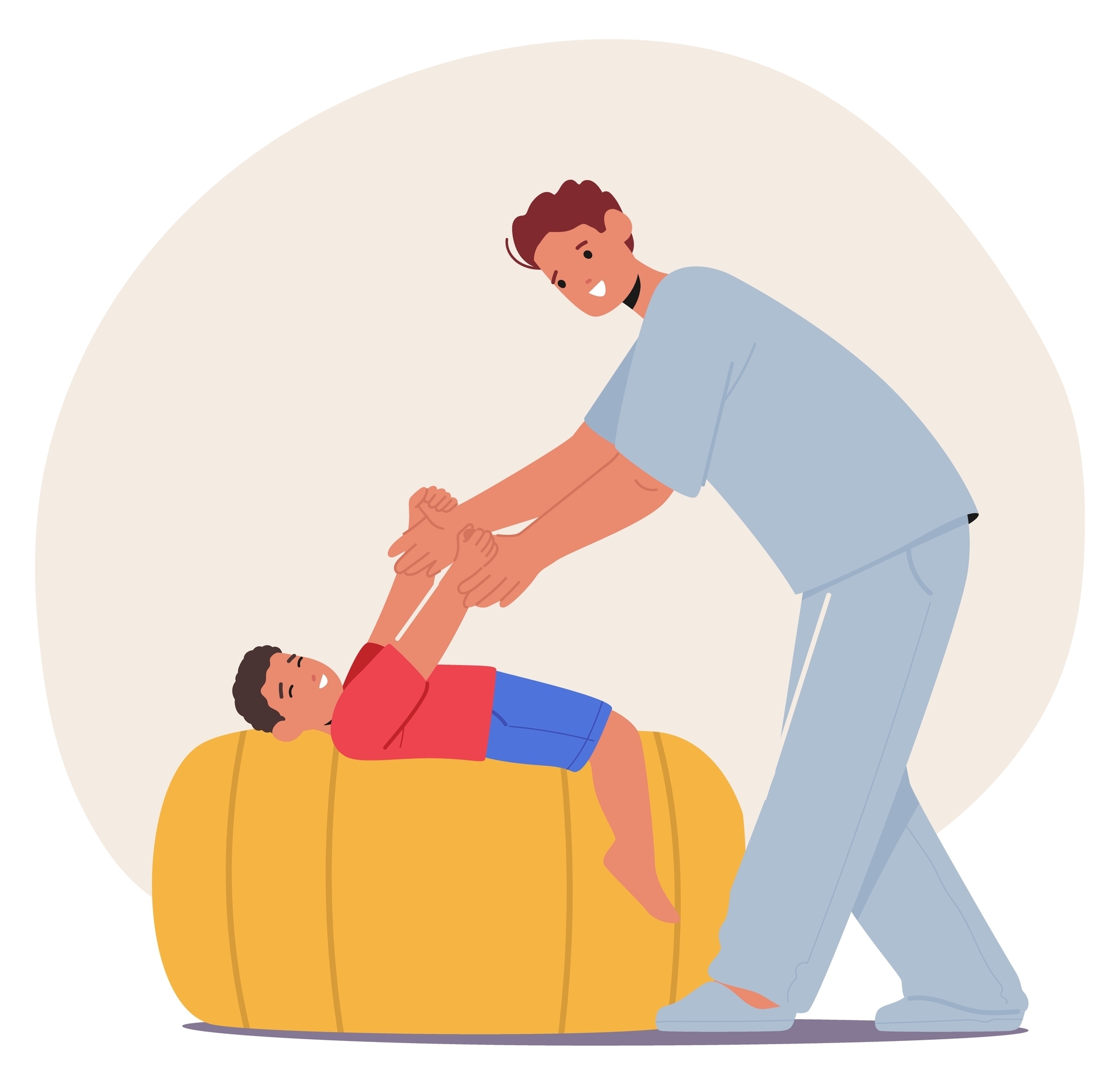Promoting Oral Motor Development for Speech and Feeding
Promoting Oral Motor Development for Speech and Feeding
When it comes to oral motor development, there are several important stages that children go through as they learn to use their mouths and tongues for speech and feeding. These stages can vary in duration and may not always follow a strict timeline, but having an understanding of them can help parents and caregivers identify any potential delays or difficulties.
Reflexive Stage
The first stage is called the reflexive stage, which begins at birth and lasts until around 3 months of age. During this stage, babies have automatic reflexes that help them feed, such as sucking and swallowing. They also start to develop basic oral movements, like opening and closing their mouths.
Primary Circular Reactions Stage
The second stage is called the primary circular reactions stage, which occurs from 4-6 months old. At this point, infants start to gain more control over their oral movements and begin exploring their mouths with their hands and toys. They may also start babbling, making different sounds with their lips and tongue.
Here are a few products that help with oral motor development at the first two stages:
- Teethers: These are small, safe toys that babies can chew on to help stimulate their gums and practice different jaw movements.

- Gum stimulators: Similar to teethers, these are specifically designed to massage a baby’s gums and provide sensory input for the mouth.
- Pacifiers: While not recommended for all babies, pacifiers can help with oral motor development by providing a sucking sensation and promoting tongue movement. This particular pacifier encourages biting while keeping the tongue in the proper position on the roof of the mouth, which encourages proper development of the jaws. https://amzn.to/3Szp7Kf
Seconday Circular Reactions Stage
The third stage is the secondary circular reactions stage, which begins around 7-9 months old. During this time, babies become more purposeful in their oral exploration, using their mouths to explore different textures and shapes. They also start to imitate sounds they hear, such as clicking their tongues or blowing raspberries.
Speaking of raspberries, here’s a product where a baby can chew and teethe and enjoy the tastes of fruits and veggies. As a dentist, I do not recommend frequent snacking on sugary foods, but this works great for frozen fruits and veggies.
Coordinated Secondary Circular Reactions Stage
The fourth stage is the coordinated secondary circular reactions stage, which occurs from 10-12 months old. At this point, infants can coordinate their oral movements with other body movements, like reaching for objects while making sounds. This marks a significant milestone in their oral motor development and sets the foundation for more complex speech and feeding skills.
Symbolic Thought
The final stage is called the beginning of symbolic thought, which begins around 12-18 months old. During this stage, children start to use words with meaning and can combine them to form simple sentences. They also continue to refine their oral motor skills, using their mouths for eating a wider variety of foods and forming more complex sounds.
These are specifically designed to encourage oral exploration and strengthen the muscles in the mouth. They can include various textures, shapes, and sizes for babies and toddlers to explore. Silicone Teething Brush
It’s important to note that these stages are just general guidelines and every child progresses at their own pace. Some may reach certain milestones earlier or later, while others may have difficulties in certain areas.
Sensory Seeking Behaviors or Developmental Delays
Children with sensory seeking behaviors or developmental delays may benefit from specific oral motor exercises and activities to help facilitate their development. It’s important for parents and caregivers to consult with a pediatrician or speech-language pathologist if they have any concerns about their child’s oral motor skills.
In addition, maintaining good oral hygiene is also crucial for oral motor development. Regular dental checkups, brushing and flossing can help ensure that children’s mouths are healthy and free of any issues that may affect their ability to eat and speak.
Overall, understanding the stages of oral motor development ca Cn help parents and caregivers support their child’s growth in this important area. By providing opportunities for exploration and practicing good oral hygiene habits, children can develop strong oral motor skills that will serve them well into adulthood.











 Speech Therapy
Speech Therapy Physical Therapy
Physical Therapy Occupational Therapy
Occupational Therapy





